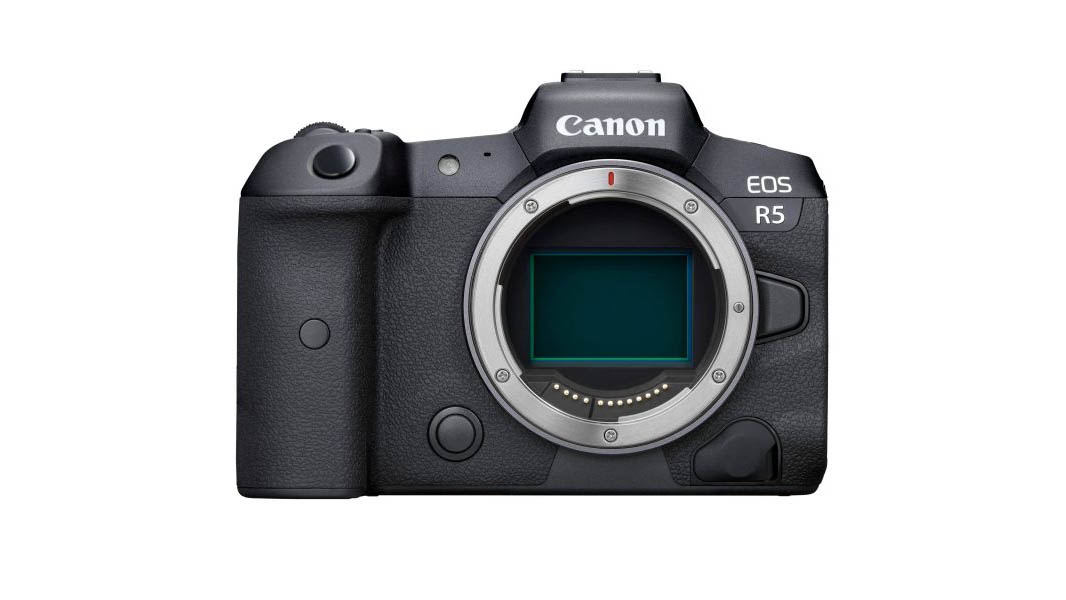
The CIPA (Camera & Imaging Products Association) is a Japanese industry body that publishes regular statistics about camera production and shipments. With all the big names taking part, from Canon to Nikon and Zeiss to Sigma, it’s a treasure trove of data for anyone involved in the business.
So what does its latest set of figures tell us about where the market is heading right now? Well, in one sense it’s good news. Figures were up across the board this June, compared to the same month last year. Notably, total production of digital still cameras was up 148%, and total shipments worldwide increased by 132%.
The full story, however, is less positive.
Sales rise, but not by much
For one thing, the figures for June 2021 are slightly down month-on-month, with total production of digital cameras dipping to 96.3% of May's, and total shipments worldwide only 95% what they were in the previous month.
And, for another, comparisons with the previous year aren’t exactly impressive given what a disastrous time 2020 was for camera production and sales, in the wake of the global pandemic.
So while the market has recovered from that major low point, it hasn’t recovered much. And that has companies like Canon worried for the future.
Recovery in doubt
In a recent Q&A for investors, Canon was surprisingly forthright about the continuing slump in sales:
The best camera deals, reviews, product advice, and unmissable photography news, direct to your inbox!
"Although the Canon EOS R5 / Canon EOS R6 is doing well, we do not expect the camera market to recover significantly. Therefore, we do not anticipate that the number of units sold will increase steadily in the future and return to previous levels. Which is why we'll be focusing on high-quality cameras for high-quality amateurs, and professionals who shoot video as a hobby."
To Canon’s credit, it's not blaming this all on COVID-19. It does, however, predict that even if the impact of the pandemic lessons, the shrunken camera market will not recover significantly, due to the popularity of smartphones.
Another factor in recent months, of course, has been the impact of the global semiconductor shortage. Even if that’s solved, though, the company doesn’t believe it will make a big difference. “We do not anticipate that the number of cameras sold will increase steadily in the future," it states starkly, "and we will focus on maintaining our current market share and market size."
A cultural shift
Essentially, then, both the CIPA data and Canon's Q&A are making official what we’ve all been feeling in our bones. The best camera phones are now so immensely capable that they’ve become the go-to purchase for most people wanting to take photographs – particularly as everyone needs a phone anyway. Which means that makers of traditional cameras are fighting for an increasingly smaller share of the market.
That’s potentially bad news for investors, unless the companies involved can successfully diversify. Hopefully it will prove good news for lovers of DSLRs, mirrorless cameras and compact cameras, though, in the medium term at least, as brands boost innovation and focus on customer needs in order to maintain and increase their share of the pie. Here’s hoping, anyway…
Read more:
Tom May is a freelance writer and editor specializing in art, photography, design and travel. He has been editor of Professional Photography magazine, associate editor at Creative Bloq, and deputy editor at net magazine. He has also worked for a wide range of mainstream titles including The Sun, Radio Times, NME, T3, Heat, Company and Bella.



